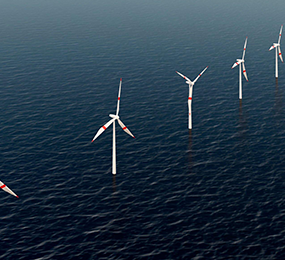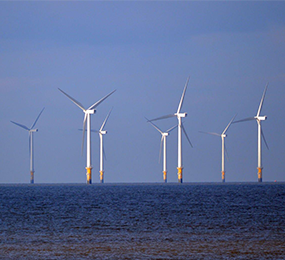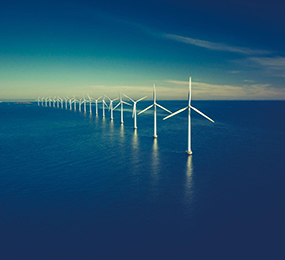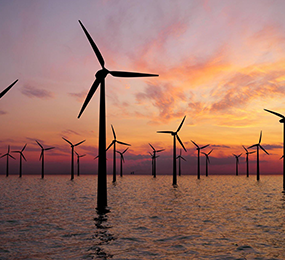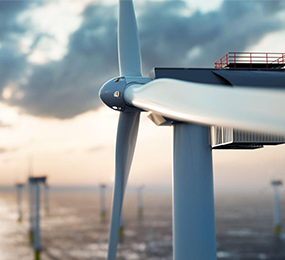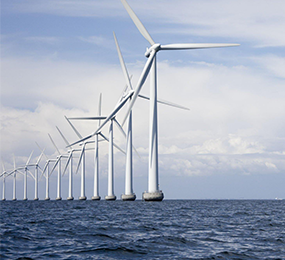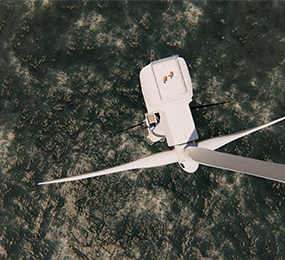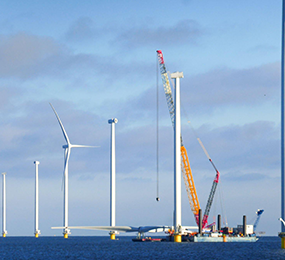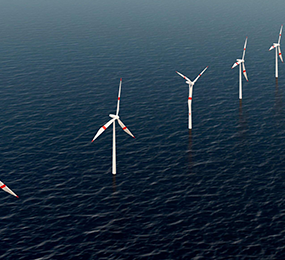Floating Wind in a Changing Climate: Building Resilience through Adaptation Strategies
As the impacts of climate change become increasingly pronounced, the floating wind industry faces unique challenges and opportunities. This essay explores how resilience and adaptation strategies are imperative for the continued success of floating wind projects in a changing climate.
Climate Challenges:
Floating wind farms operate in dynamic marine environments vulnerable to extreme weather events. Rising sea levels, intensified storms, and shifting wind patterns necessitate robust strategies to safeguard these investments.
Resilience through Design:
Innovative design elements, such as advanced anchoring systems and flexible structures, enhance the resilience of floating wind turbines. These features allow the systems to withstand the forces exerted by turbulent seas and extreme weather conditions.
Adaptation Strategies:
Adaptation involves continuous monitoring and real-time data analysis. Machine learning algorithms predict weather patterns, enabling preemptive responses to mitigate potential risks. Collaborative efforts between the industry, researchers, and policymakers are crucial for the development of adaptive strategies.
As floating wind energy plays a pivotal role in the transition to renewable sources, prioritizing resilience and adaptation strategies is paramount. This ensures the sustainability and effectiveness of floating wind projects in the face of a changing climate.
Visit our website to know more: https://www.leadventgrp.com/events/4th-annual-floating-wind-europe/details
For more information and group participation, contact us: [email protected]
Leadvent Group - Industry Leading Events for Business Leaders!
www.leadventgrp.com| [email protected]


